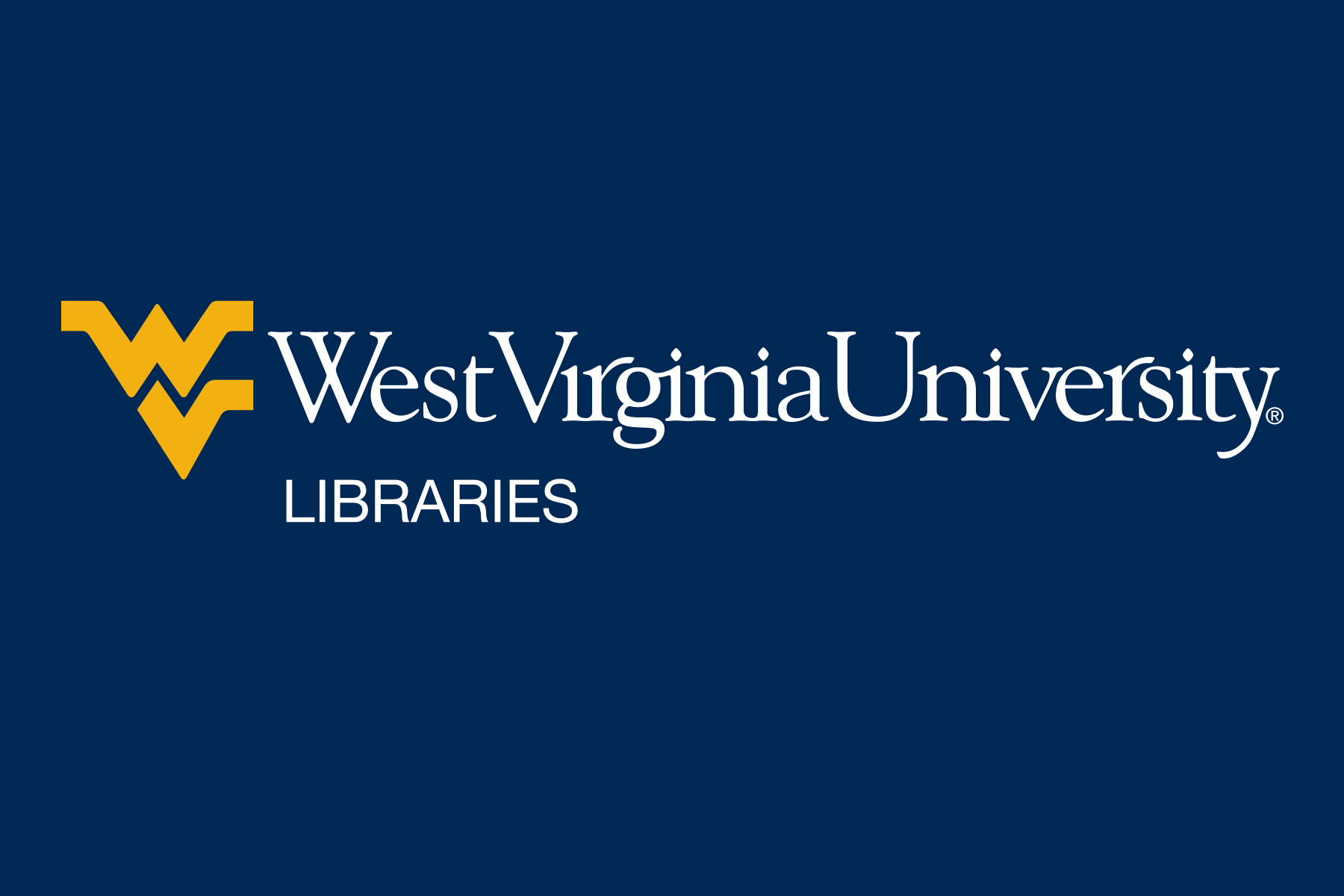What is Authentic Assessment?
Authentic assessment is a form of assessment in which students are asked to perform real-world tasks that demonstrate meaningful application of essential knowledge and skills. Or, as Grant Wiggins (1993) describes it, authentic measures are “engaging and worthy problems or questions of importance, in which students must use knowledge to fashion performances effectively and creatively. The tasks are either replicas of or analogous to the kinds of problems faced by adult citizens and consumers or professionals in the field.” Authentic tasks can range from analyzing a political cartoon to making observations of the natural world to computing the amount of paint needed to cover a particular room to performing in a chorale.
Source: http://jolt.merlot.org/vol1_no1_mueller.htm
Rubrics
1. Portfolios:
Several critical components of effective portfolios are— • A thoughtful student-developed introduction to the portfolio, • Reflection papers behind each major assignment of the portfolio, • Scoring rubrics for portfolio entries that enable students to self-assess their work, • Established models, standards, and criteria that enable students to select their best work to be included in the portfolio, and • Student oral presentation of their portfolios to significant others such as peers, teachers, and parents.
2. Learning Logs:
3. Journals
4. Projects
